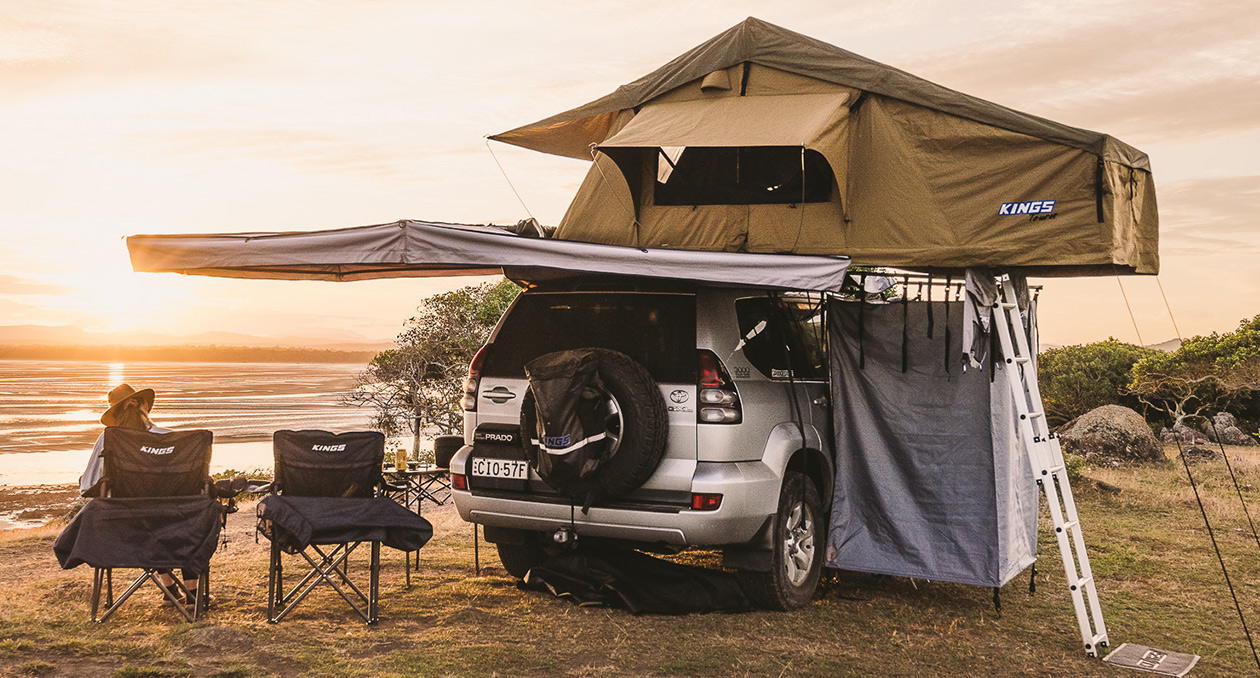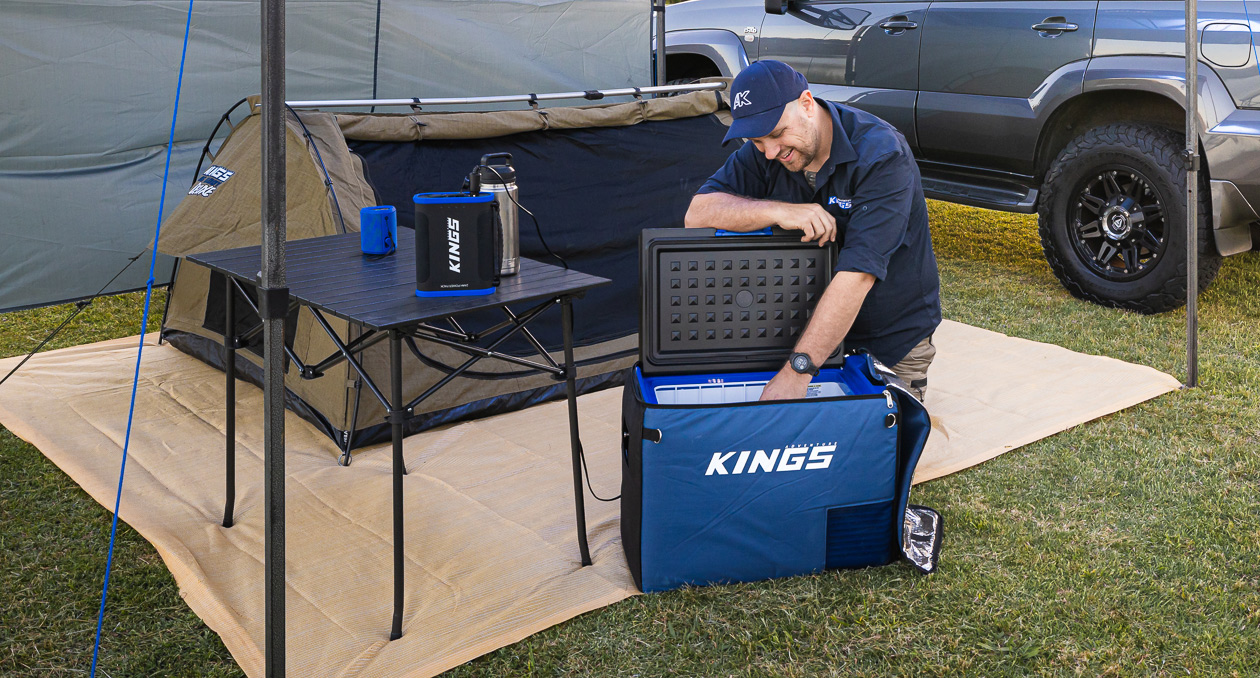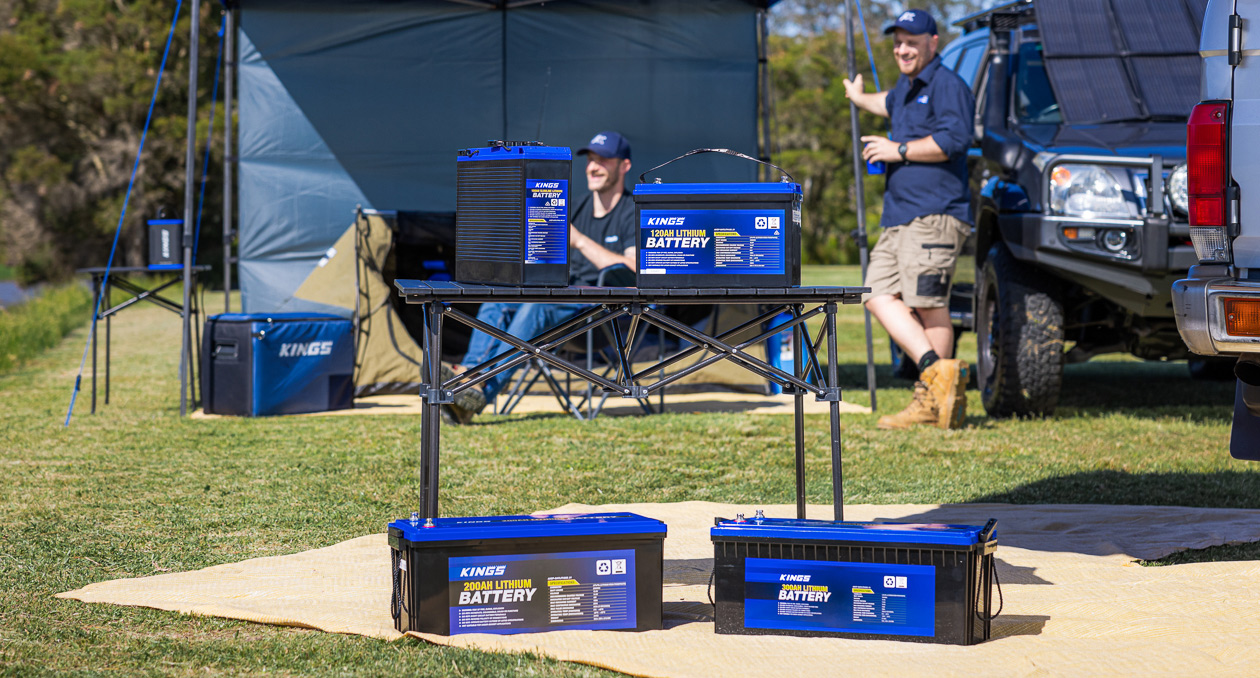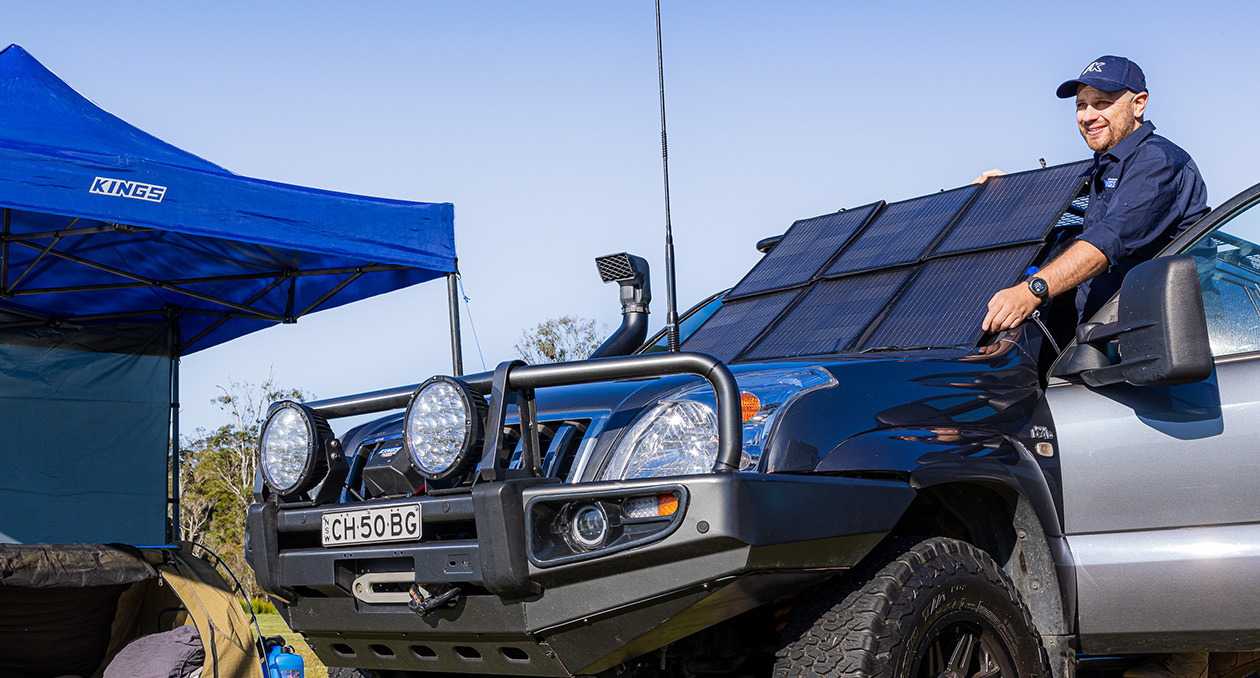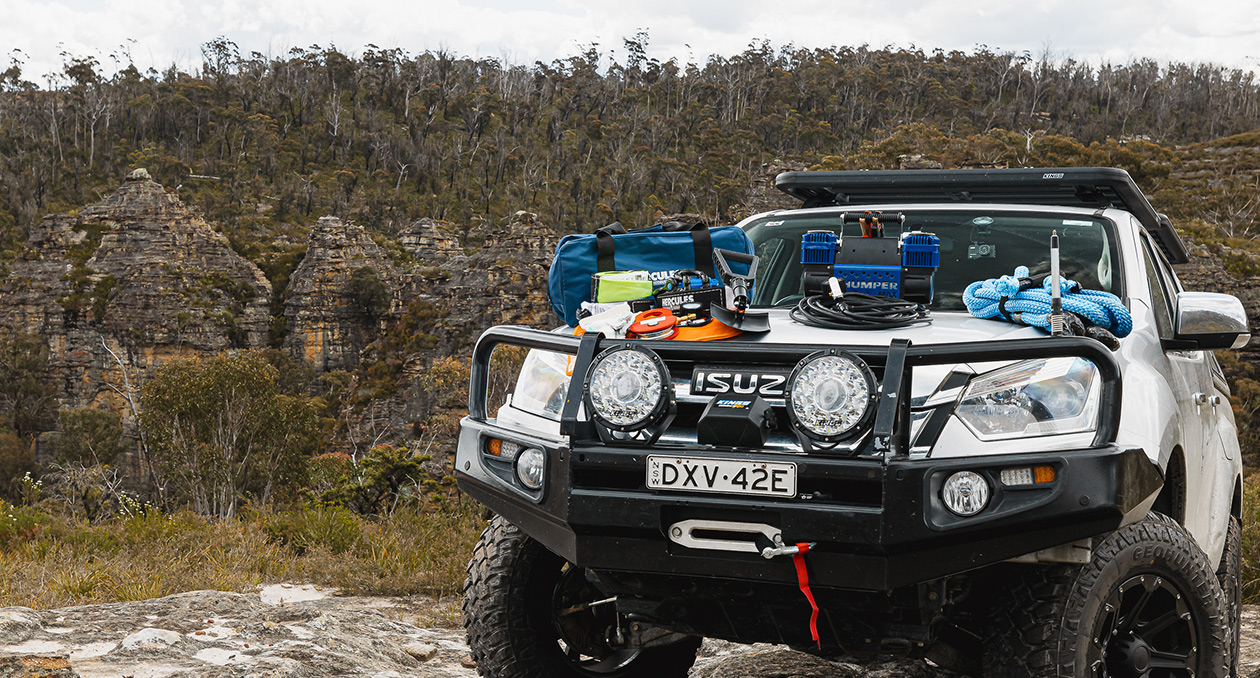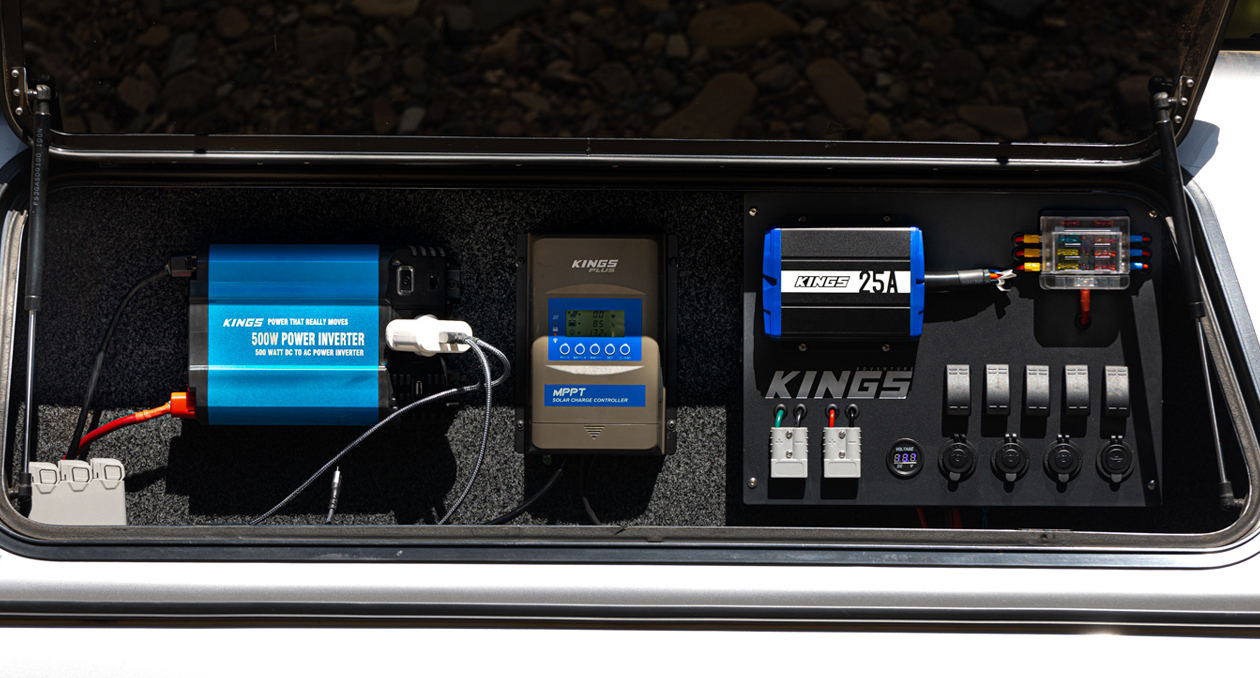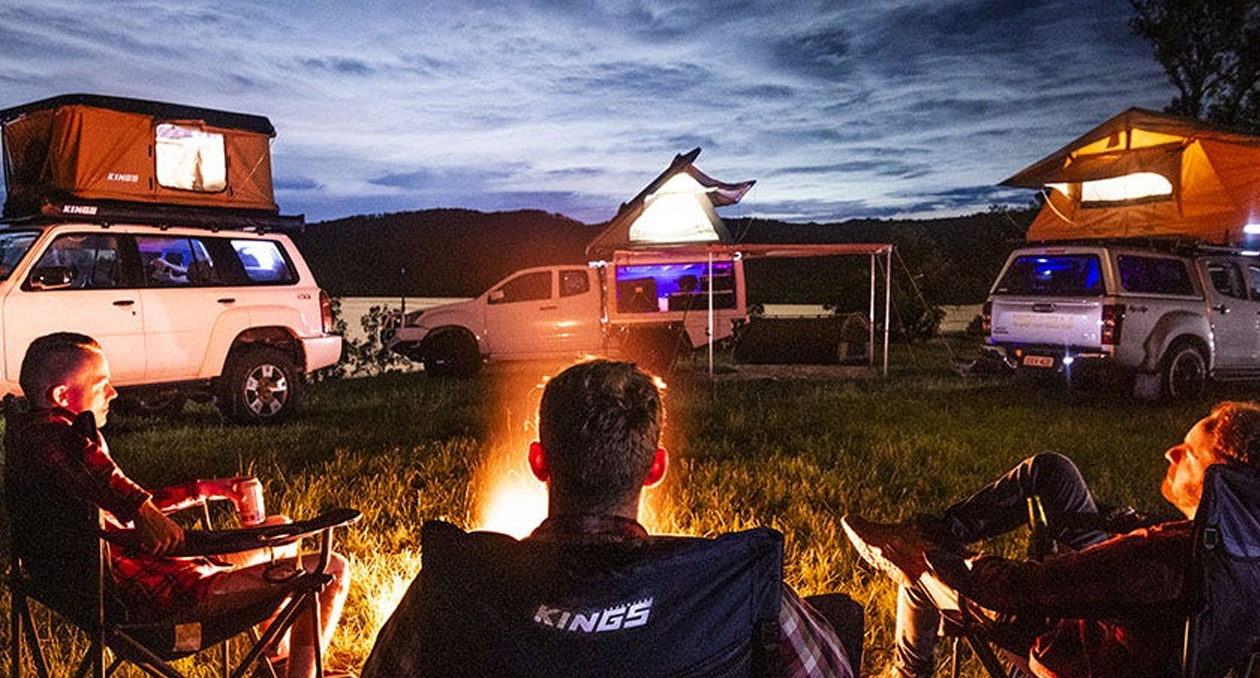Bull Dust: Ultimate Guide

Everything you need to know about Bull Dust
G’day, outdoors enthusiasts! Before you set off on your next adventure in the great Aussie bush, let’s dive into the dusty details of navigating outback dirt roads in Australia.
As you may be aware, the outback isn’t all about kangaroos and stunning landscapes, it’s also about mastering tricky conditions such as bull dust. We’ll be covering everything you need to know about bull dust, from the correct tyre pressure to avoiding bull dust holes, so you’ll be well-prepared for your next outback adventure.
What is bull dust?
Let’s start with the basics. Bull dust, or bulldust, is fine powdery dust that you may encounter on dirt roads. It’s formed through weathering and periods of prolonged drought. Bull dust often has a distinctive red colour and can cause issues for motorists who are unprepared for the unusual driving conditions it can cause.
Where in Australia is bull dust?
You'll find bull dust on many dirt roads outback of Australia. Typically it is found in dry, arid regions such as the Simpson Desert, Cape York and parts of the Northern Territory.
What is a bull dust hole?
Bull dust holes pose a significant hazard to drivers. They are hidden, deep pits filled with bull dust.
Bull dust holes can cause serious damage to your car and lead to accidents so it is important to know how to identify them on the road. Look out for changes in the road surface ahead of you, particularly soft folds in the dust and tyre tracks that have lost definition.
Things to consider before driving on bull dust
Keep the following in mind when travelling on dirt roads prone to bull dust:
- Tyre pressure: Check your tyre pressure regularly for better control and safety. If you haven’t already lowered your pressure for dirt driving, stop and lower your tyre pressure by 10 - 15%. This will allow your wheels to have more contact with the ground and make the most of the spring effect. Check out our tips for adjusting 4WD tyre pressure here.
- Adjust your air vents: It’s important to adjust your air vent settings when driving in bull dust so that the dust is not sucked into the interior of your car. This not only avoids mess but also ensures you can maintain visibility within the cabin.
- Engage 4x4 mode: Wondering, "do I have to engage 4x4 on dirt roads?" Yes, especially when dealing with bull dust as it can be a lifesaver.
- Ensure your vehicle is well maintained: It’s a good general rule of thumb, to make sure your vehicle is in good working condition before setting out on a long journey. This is of particular importance when driving on roads with bull dust conditions, as they will test the durability of your car.
- Be prepared: While your adventure kit probably already includes the basics like a swag, sleeping bag or roof top tent, including a winch, a 4WD recovery kit, water and food are a must in case you get bogged.
What to do when driving behind another car?
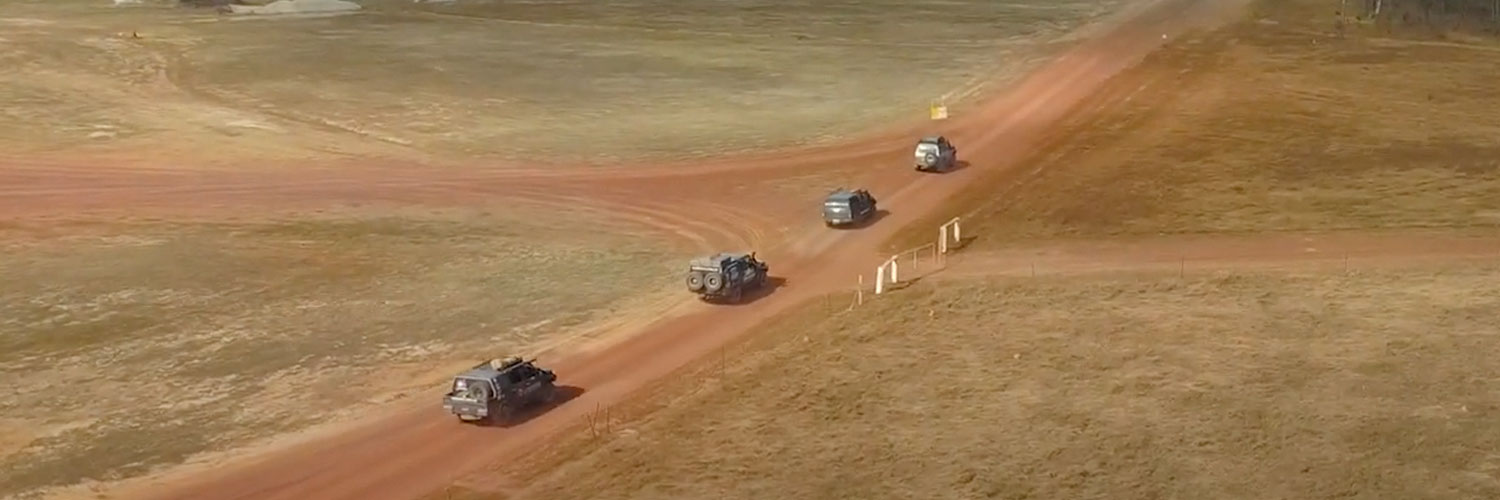
When driving on dirt roads, you must maintain visibility of the road ahead so that you can easily recognise and prepare for any upcoming bull dust or bull dust holes. That means you will most likely need to slow down and allow the dust and gravel to settle if you are driving behind someone so that you can see the road.
It is also important to be aware of your surroundings and any drivers behind you who may be impatient to overtake. Continuously check your mirrors to identify other drivers and any road hazards.
Stopping or overtaking in bull dust is dangerous and should be avoided. If necessary, wait for hard sections of the road where you have adequate vision and traction.
What to do if I’m bogged?
If you do happen to find yourself bogged in bull dust, stay calm and assess the situation.
Make sure you are visible to other drivers by putting on your hazard lights. If you are travelling in a convoy, it’s important to warn others that you are stuck so that they can avoid becoming bogged and potentially provide assistance. Once the dust settles, get everyone out of the car and safely off the road.
If you get bogged on a hill, don’t try to power your way uphill. You'll have better luck using the slope to roll back downhill and get out of the bog. Momentum’s your mate here—once you start moving, keep going until you're back on solid ground.
It’s important to equip yourself with a winch and a 4wd recovery kit for such scenarios and having a travel companion is always a good idea for assistance.
Summary
Tackling outback dirt roads requires preparation and respect for the potentially challenging conditions. It’s important to remember to adjust your bull dust tyre pressure, set your air vent settings correctly, carry the right equipment and keep a lookout for and avoid bull dust holes.
Stay safe, enjoy the adventure, and happy travels on the epic dirt roads of outback Australia!
Related Products
